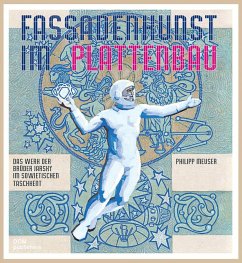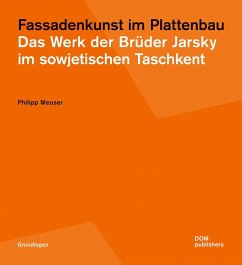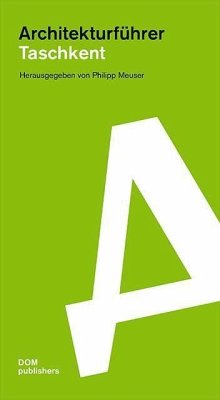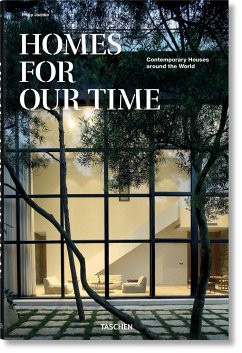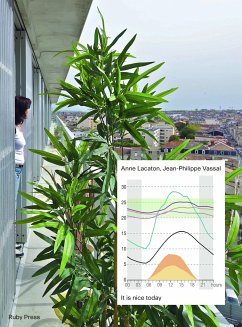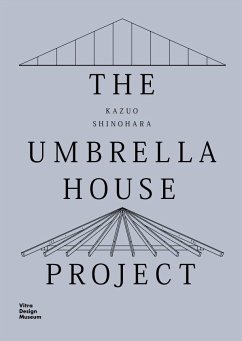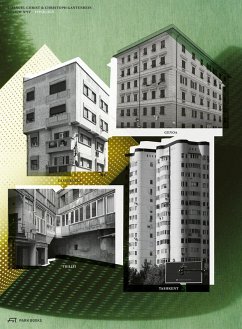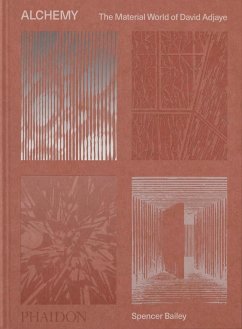
Patterned Panels. Mosaic Façades by the Jarsky Brothers in Soviet and Uzbek Tashkent
1969-1999
Versandkostenfrei!
Erscheint vorauss. Dezember 2025
78,00 €
inkl. MwSt.

PAYBACK Punkte
0 °P sammeln!
In the wake of Soviet Modernism's belated renaissance, the monumental façade mosaics of Pyotr, Nikolai, and Alexander Jarsky stand as defiant expressions of individuality within an architecture of mass production. Created for serially manufactured housing blocks in post-earthquake Tashkent, these artworks challenge the conventional narrative of Soviet prefabricated construction as soulless, anonymous, and oppressive. Their vivid ornamentation - geometric, floral, figurative - gives voice to a Soviet-Uzbek style that emerged not through ideology but through artistic resistance embedded in conc...
In the wake of Soviet Modernism's belated renaissance, the monumental façade mosaics of Pyotr, Nikolai, and Alexander Jarsky stand as defiant expressions of individuality within an architecture of mass production. Created for serially manufactured housing blocks in post-earthquake Tashkent, these artworks challenge the conventional narrative of Soviet prefabricated construction as soulless, anonymous, and oppressive. Their vivid ornamentation - geometric, floral, figurative - gives voice to a Soviet-Uzbek style that emerged not through ideology but through artistic resistance embedded in concrete. This book documents for the first time the life and work of the Jarsky brothers, whose mosaic murals now number among Uzbekistan's officially protected cultural assets. Based on two decades of research and rare personal encounters with the Jarsky family, it presents an architectural history written not by ministries but by hands shaping tiles - and identities - into lasting form. More than an homage, this monograph is a call to action. It interrogates the politics of heritage, the historiography of standardised architecture, and the role of art in contested urban space. As Uzbekistan cautiously begins to valorise its Soviet-era past, the question lingers: will these Modernist surfaces, born of a utopian impulse, find their place on the global stage of architectural heritage?


























